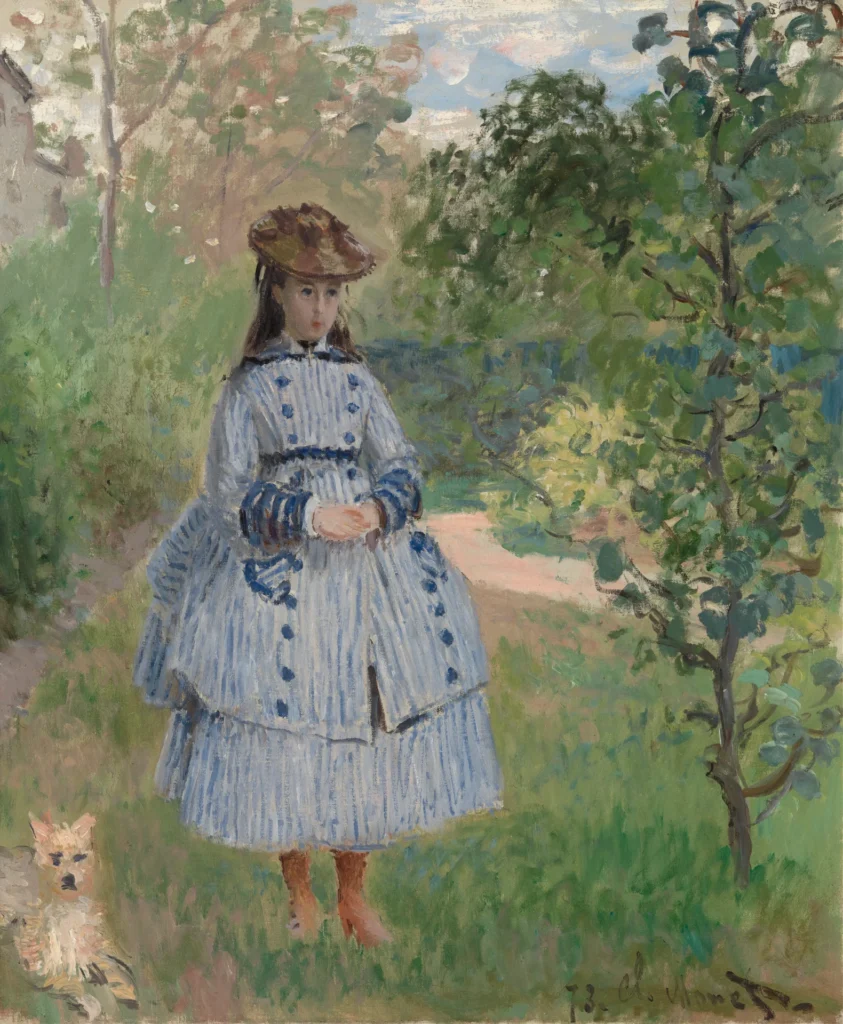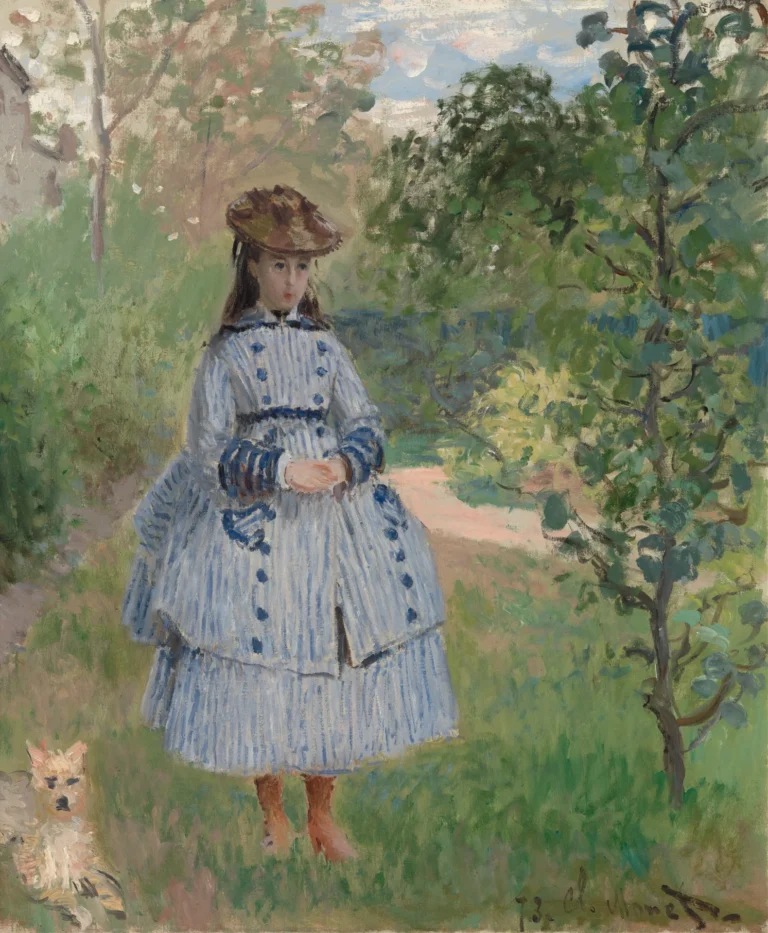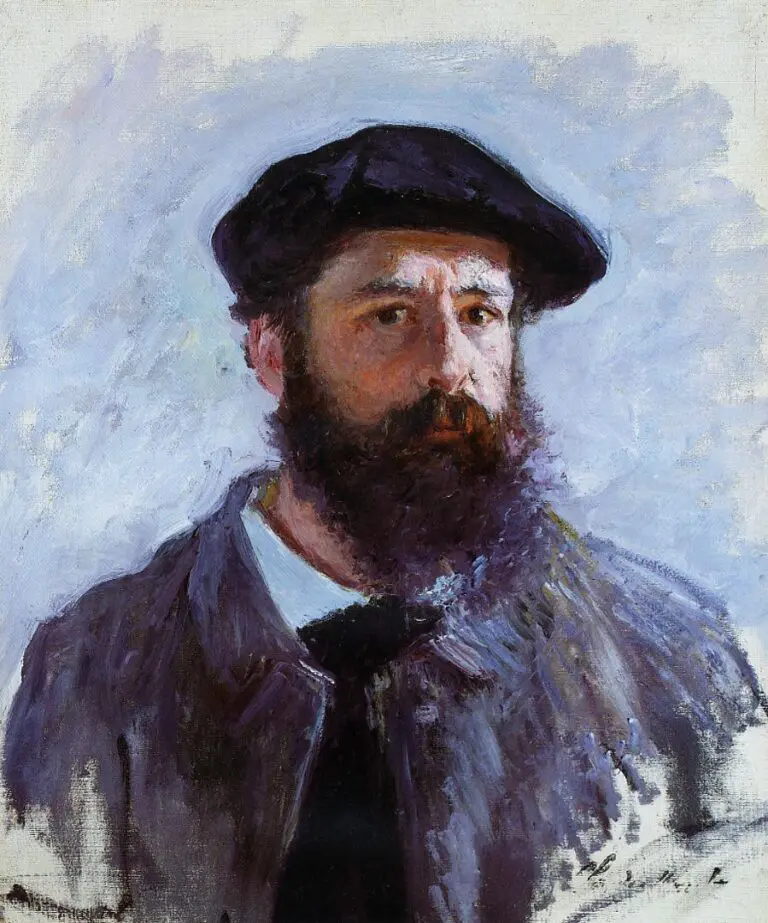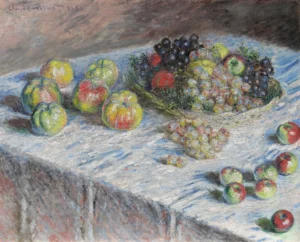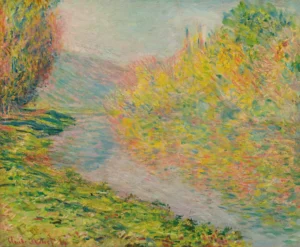Girl with Dog (1873)
Claude Monet's Girl with Dog. painted in 1873, embodies the essence of French Impressionism through its dynamic brushwork and vibrant depiction of a chic young girl with her dog. Set against the lush backdrop of Argenteuil, Monet's loose strokes convey an immediate connection to the subject and environment, allowing viewers to glimpse the joy of everyday life in the 1870s. This masterpiece serves as a testament to Monet's pioneering techniques that would greatly influence modern art.
Year 1873
About the Artwork
Girl with Dog is a charming reflection of Claude Monet's life in the 1870s as he immersed himself in the vibrant atmosphere of Argenteuil. Executed just a year prior to the inaugural Impressionist exhibition, this work captures a pivotal moment in art history. The subject—a young girl in fashionable attire—serves as a symbol of youth and vitality, and her playful interaction with the dog reveals Monet's affection for the simple pleasures of life. It is thought that Monet painted this piece en plein air, showcasing his dedication to capturing the fleeting effects of light and movement. This painting not only highlights Monet's shift towards Impressionism but also embodies the cultural milieu of Paris and its suburbs during a time of great social change.
Did You Know
Liked what you see? Add it to your collection.
Enjoyed reading? Share it.
... continued
Key Details
- Artist: Claude Monet (French, 1840-1926)
- Year: 1873
- Medium: Oil on canvas
Characteristics
The painting features a girl dressed in a fashionable outfit, including a striped dress, layers of petticoats, a bustle, and side-button boots, which places her in the contemporary setting of the 1870s. The dog is depicted alongside her. The work is characterized by loose brushwork, particularly evident in the depiction of the dog and the foliage against the sky. This suggests that Monet painted quickly and directly in front of his subject outdoors, a hallmark of Impressionist technique.
Location and Context
It is believed that Monet painted this work in Argenteuil, a small town outside Paris where he lived and worked for much of the 1870s. The painting was created a year before the first Impressionist exhibition in Paris and exhibits many of the characteristics that would become associated with the Impressionist movement.
Current Location
The painting is part of the collection at The Barnes Foundation in Philadelphia, where it is currently on view in Room 8, West Wall.




